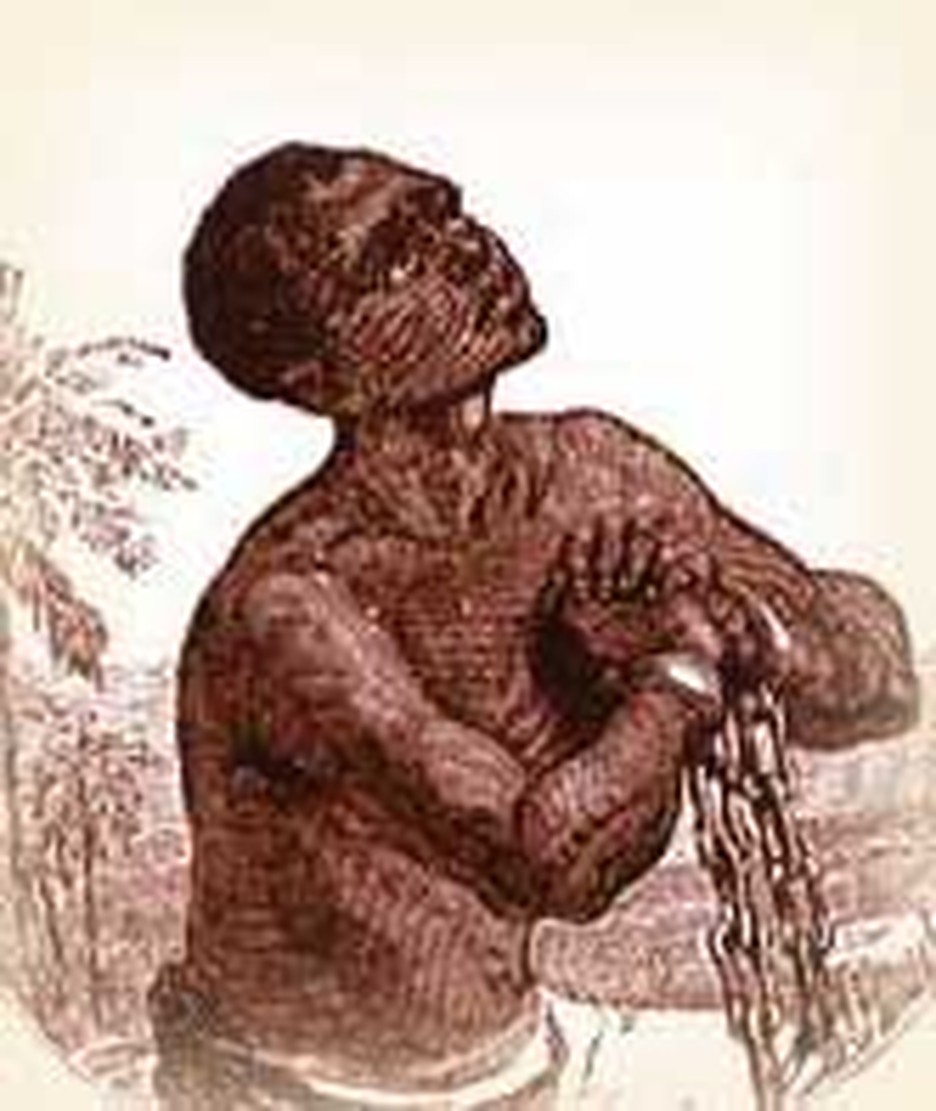
James Stephen had a law practice in the West Indies. One day, he witnessed two black slaves accused of rape and condemned on the flimsiest evidence. They were burned alive. This so horrified Stephen that he began a correspondence with the famed slavery abolitionist William Wilberforce. Secretly he provided Wilberforce with information about slavery in the islands. In time, Stephen would become a leader in the Clapham sect, a group of mostly evangelical Christians working with Wilberforce. He wrote several influential books against the slave trade.
Born on this day June 30, 1758, Stephen struggled through financial difficulties to get an education. As a young man he did not seem a likely candidate for leadership in any evangelical group; engaged to be married to one woman, he betrayed both her and his closest friend, fathering an illegitimate child with his friend's fiancé. His manners were coarse, his language rough, and he flew into sudden rages.
However, after meeting with Wilberforce, he became a true follower of Christ. When his his first wife died, he married Wilberforce's sister, Sally. Wilberforce wrote, "Stephen is an improved and improving character, one of those whom religion has transformed and in whom it has triumphed by conquering some natural infirmities." Meanwhile, Stephen had been elected to Parliament and was a close ally of Wilberforce in the fight against slavery. (At a crucial moment in the abolition battle, his beloved wife Sally slipped on ice and broke her leg; it grieved James Stephen that he had to leave her ill-attended rather than let the cause down in Parliament.)
It was Stephen's fertile mind which came up with two ideas that helped break the deadlock over ending the slave trade. The first of these was during the struggle with Napoleon. He suggested extending anti-slavery language to a bill which was certain of support because it was viewed as a war measure, designed to stop neutral ships from delivering cargoes to France. (This bill so infuriated the United States that it led to the War of 1812.) His second proposal was a bill to require registration of all slaves in British possessions. This never passed, but it brought to light so many abuses that it swung public opinion against slavery.
Stephen became Master-in-Chancery, a lawyer for the government. Enemies sneered that this was a pay-off for his support of abolition. In 1815 Stephen resigned his Parliamentary position when the government would not support the registry bill. He died in 1832, and is now assessed as the most important member of the Clapham Sect second only to Wilberforce himself.
Bibliography:
- Brown, Ford K. Fathers of the Victorians; the age of Wilberforce. Cambridge University Press, 1961; especially p. 370.
- Larsen, Timothy, editor. Biographical Dictionary of Evangelicals. Downers Grove, Illinois: Intervarsity Press, 2003.
- Lean, Garth. God's Politician; William Wilberforce's struggle to abolish the slave trade and reform the morals of a nation. Colorado Springs: Helmer and Howard, 1987; especially pp. 66, 103, 105 - 106, and 169 - 70.
- Page, Jesse. Samuel Crowther; the slave boy who became bishop of the Niger. London: S.W. Partridge & Co., 1888. Source of the image.
- Pollock, John. Wilberforce. New York: St. Martins, 1977, especially pp. 189, 200 - 203, 249 - 50, 252, 284, 304 - 5.








